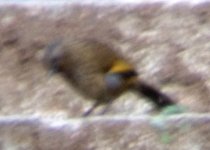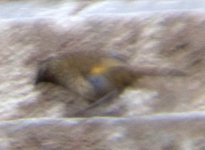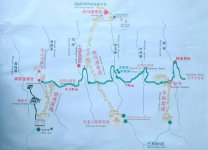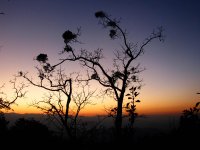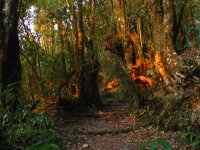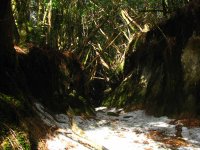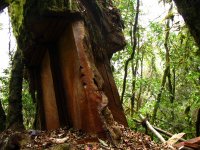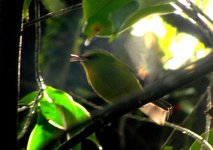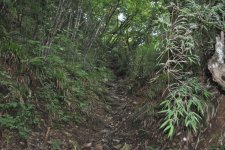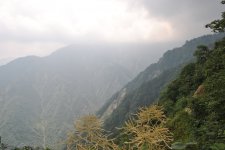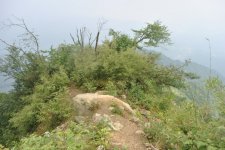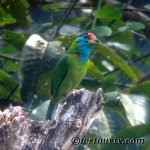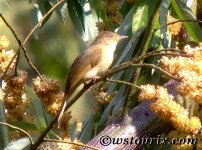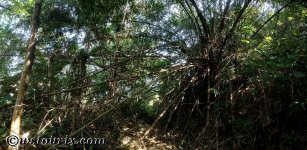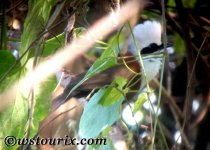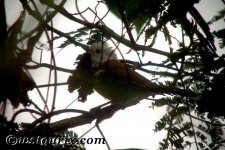sichuan jiujiu
A Birder for Sichuan
Actually I think I have to make a supplement for Dali and the Cang Shan Park. Today I spend an actually non-birding afternoon with my two daughters on Cang Shan. We followed a friend’s tip and walked a trail from the Gantong Monastery that lies at the very southern point of the mountain park.
It was afternoon, cold and cloudy and I didn’t even bring my telescope, but during this 3h afternoon walk along a completely empty and more or less even trail there were so many birds that I just couldn’t manage to put down my bins for longer than a minute. And, it didn’t happen that only the bird species were many, but many of these species were represented by a huge number of birds, and they all were so tame…
For example there were flocks of 30+ Dark-breasted Rosefinches, 20+ Elegant Buntings, many big flocks of Chestnut-tailed and Blue-winged Minlas, and of course the Rusty-capped and other Fulvettas. I had perfect and repeated views of Assam Laughingthrush, Blyth’s Shrike-babbler or Maroon-backed Accentor. However, the absolute highlight was a group of f i v e adult male Lady Amherst’s Pheasants which were feeding in the open shrub without taken care of us at all – at a distance of 10m!!! Never had that somewhere else!
That monastery – the actual starting point of the trail can be reached by car. Ca 4km south of the Dali Old Town there’s a turnoff on the right hand side that leads up the mountain to one of the many Cang Shan cable cars. From here just follow the trail towards the Qingbi Xi Gorge.
It was afternoon, cold and cloudy and I didn’t even bring my telescope, but during this 3h afternoon walk along a completely empty and more or less even trail there were so many birds that I just couldn’t manage to put down my bins for longer than a minute. And, it didn’t happen that only the bird species were many, but many of these species were represented by a huge number of birds, and they all were so tame…
For example there were flocks of 30+ Dark-breasted Rosefinches, 20+ Elegant Buntings, many big flocks of Chestnut-tailed and Blue-winged Minlas, and of course the Rusty-capped and other Fulvettas. I had perfect and repeated views of Assam Laughingthrush, Blyth’s Shrike-babbler or Maroon-backed Accentor. However, the absolute highlight was a group of f i v e adult male Lady Amherst’s Pheasants which were feeding in the open shrub without taken care of us at all – at a distance of 10m!!! Never had that somewhere else!
That monastery – the actual starting point of the trail can be reached by car. Ca 4km south of the Dali Old Town there’s a turnoff on the right hand side that leads up the mountain to one of the many Cang Shan cable cars. From here just follow the trail towards the Qingbi Xi Gorge.





